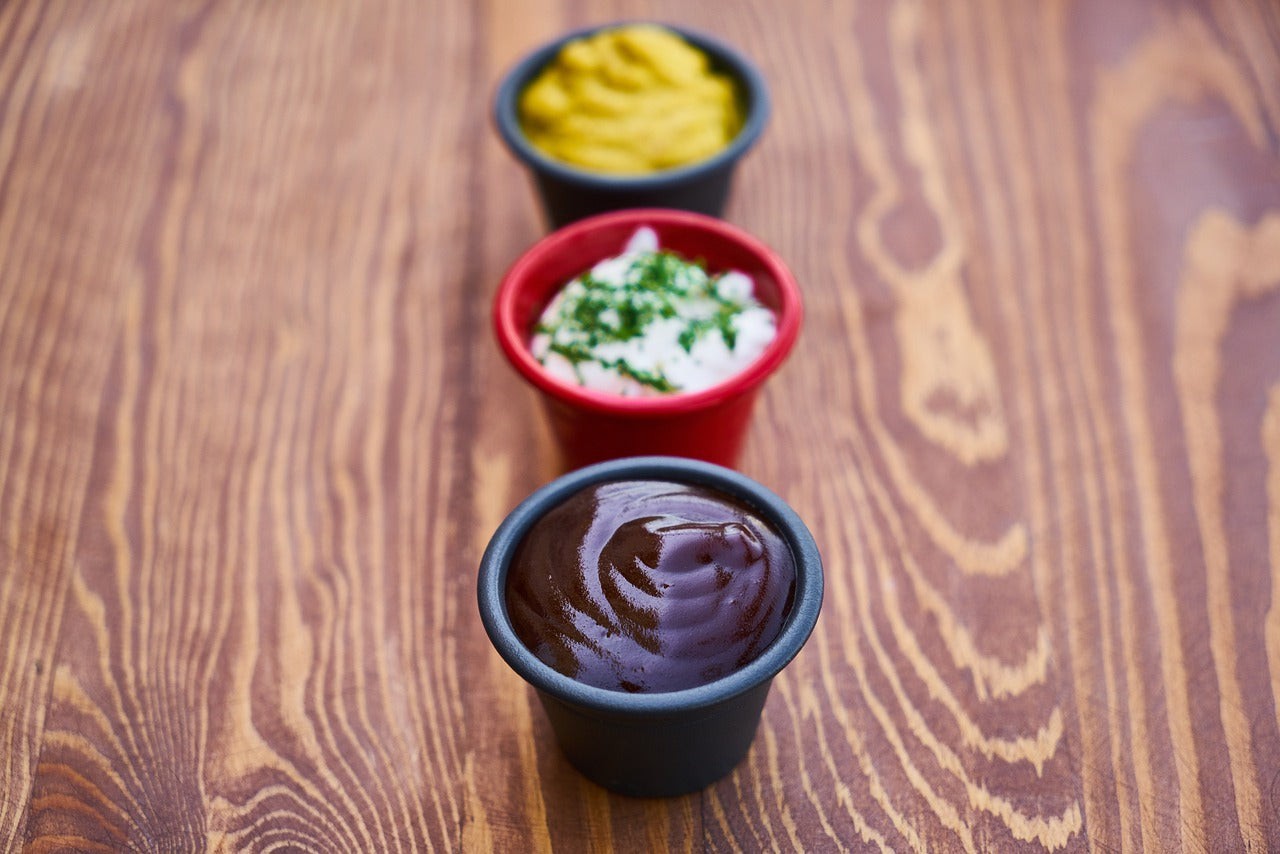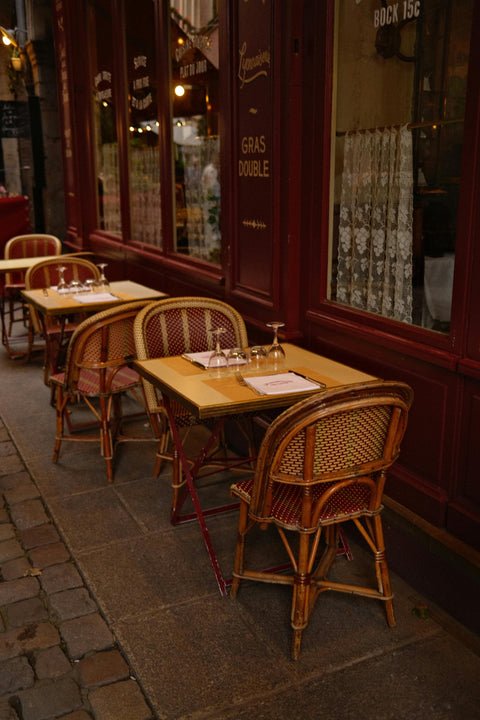Share
Mustard is an essential condiment in French gastronomy, one that has stood the test of time and become a staple in kitchens everywhere. It can be found on the tables of many households and used in a wide variety of delicious recipes. In France, mustard comes in several different varieties, each with its own unique characteristics and specific uses in the kitchen.
But what makes French mustard so special, and how can you use it to enhance your dishes? In this post, we explore the different types of mustard and provide some ideas for incorporating them into your recipes.
1. Dijon Mustard: A French Icon
When you think of French mustard, it’s often Dijon mustard that comes to mind. Originating from the city of Dijon in Burgundy, this mustard is known for its sharp and pungent flavor. Made from brown mustard seeds and vinegar, it offers an unmatched intensity of flavor.
How to use it in cooking:
• In vinaigrettes: Mixed with olive oil and vinegar, it adds a punch of flavor to green salads.
• In sauces: It’s perfect for making mustard sauce to serve with roasted chicken or pork chops.
• In marinades: Add it to marinades for white or red meat to enhance the flavors.
• With cheese: Spread a thin layer on bread before adding cheese for a tangy, flavorful croque-monsieur.
2. Whole Grain Mustard: Tradition and Texture
Whole grain mustard is easily recognizable by its coarse texture, as the mustard seeds are not completely ground. It has a milder flavor than Dijon mustard but offers a more rustic, slightly acidic taste.
How to use it in cooking:
• In stews: It’s ideal for thickening and flavoring a stew or beef bourguignon.
• With grilled meats: Serve it alongside grilled meats or roast for a rustic touch.
• On toast: Spread it on whole grain bread with ham for a simple yet flavorful snack.
3. Honey Mustard: Sweetness and Contrast
Honey mustard is a sweet and savory version, much appreciated for its subtle balance between the sharpness of mustard and the sweetness of honey. This mustard is perfect for those who prefer softened flavors and can be used in many different dishes.
How to use it in cooking:
• As a glaze: Use it to glaze meats like chicken or ham for a sweet and savory finish.
• In salads: Ideal for vinaigrettes in salads with warm goat cheese or grilled chicken.
• On roasted vegetables: Brush it on vegetables before roasting for a delightful mix of sweetness and spice.
4. Herb Mustard: Aromatic Freshness
Herb mustard is often flavored with tarragon, basil, or fine herbs, adding a refreshing touch to the condiment. This more aromatic mustard is perfect for dishes that need a hint of herbal flavor.
How to use it in cooking:
• With fish: It pairs beautifully with white fish fillets or seafood.
• In salad dressing: Add it to a light dressing for summer salads.
• On grilled vegetables: It’s excellent for enhancing the flavor of grilled vegetable skewers.
5. Violet Mustard: The Originality of Grape
Less known, violet mustard comes from Brive, in the southwest of France. Its uniqueness lies in the addition of grape must to the traditional mustard recipe, giving it a dark color and a slightly sweet, fruity flavor.
How to use it in cooking:
• With duck breast: Pair it with meats like duck breast for a perfect balance of sweet and savory.
• In wine sauces: Use it to enrich a red wine sauce or meat jus.
• As a charcuterie accompaniment: Serve it with a charcuterie board for a fruity and tangy touch.
French mustards come in an incredible variety, offering a wealth of flavors and textures to explore. Whether you enjoy the intensity of Dijon mustard or the sweet-savory notes of honey mustard, each variety can elevate your dishes by adding a unique dimension. The next time you prepare a sauce, a vinaigrette, or look to spice up a dish, consider experimenting with different mustards to bring an authentic touch of French gastronomy to your culinary creations.



